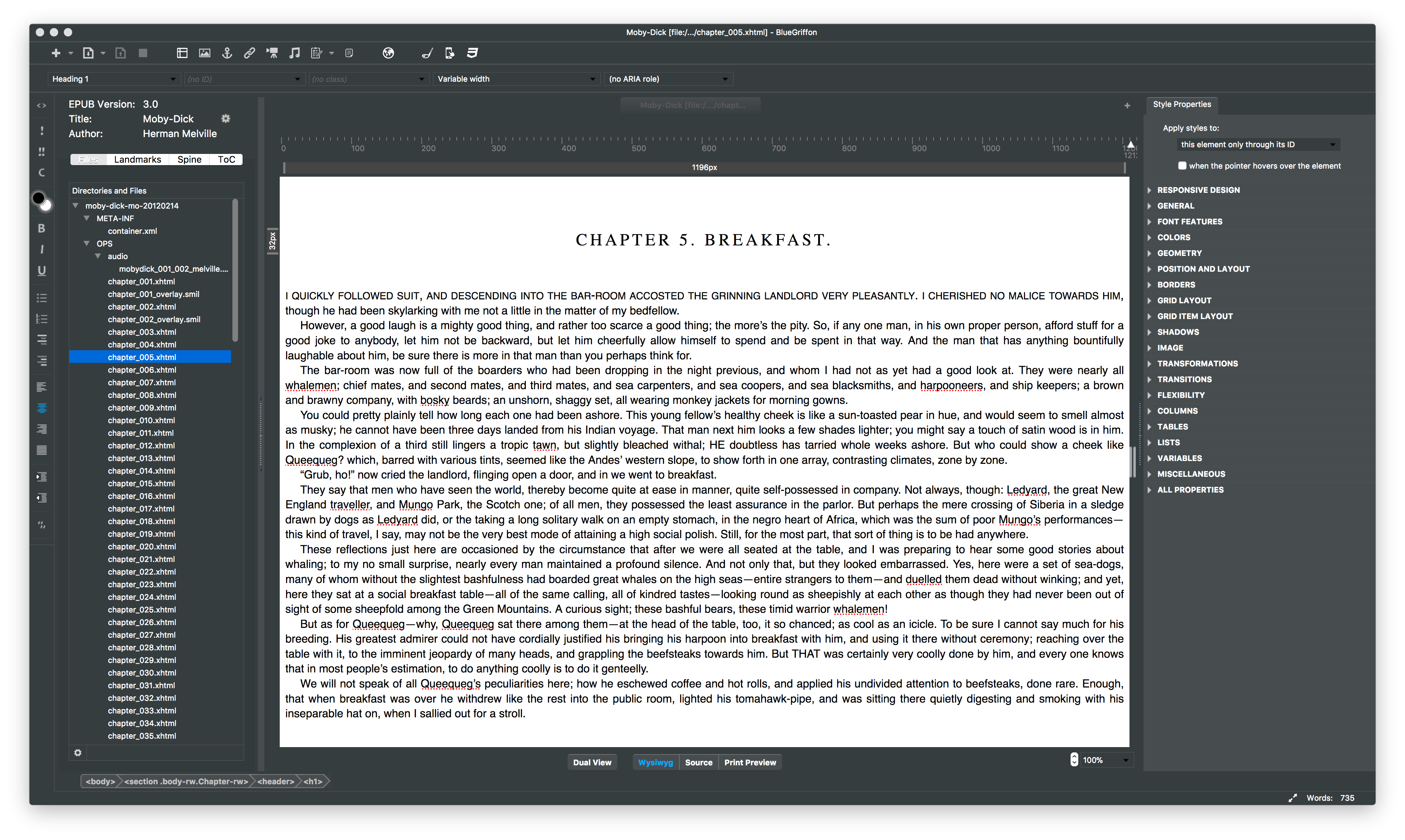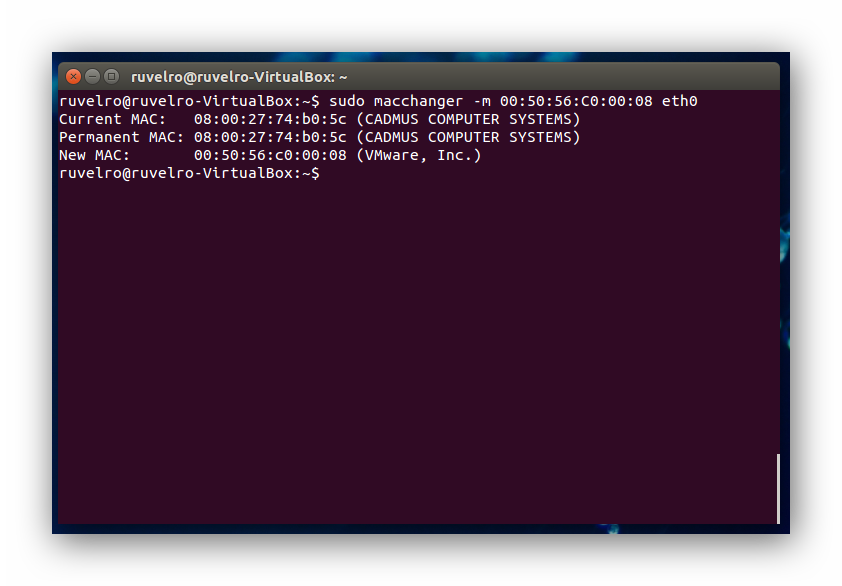
How to use Terminal on Mac. Unix has its own built-in manual and you can call it in Terminal to find out more information about a command. To use it, type man command.
Hi there I'm trying to set my mac address using the terminal as for some reason it's been set to all zeros, I have the address and know the correct commands but I keep getting permision denied message
https://discjelmindno1984.mystrikingly.com/blog/add-a-blog-post-title. Delete Code Composer Studio with Windows Add/Remove Program (for Windows 8, 8.1, 10) Right-click on the Windows button at the bottom left corner of the desktop. Click on Programs and Features; Locate Code Composer Studio on the list, and then click on Uninstall button; Click Yes to confirm that you want to continue Code Composer Studio. How to Uninstall Android Studio Using Terminal. As we mentioned before, you can't just drag and drop the Android Studio app to Trash. The reason is that in this case, applications leave their service files on your Mac. To uninstall Android Studio with all its service files at once, use the Terminal command line. Follow the steps below. Download recommended tool to fully and quickly uninstall Code Composer Studio on PC. What's the good way to get rid of Code Composer Studio. Please pay attention to a fact that the program cannot be fully removed by the regular removal method, because many of its registry entries and other files still locate on the computer after the removal.
1 Answer
In principle the command should be some variant on the theme of:
in Mac OS prior to 10.7, with various interface names etc, in use. It seems that you may need to disassociate from the wireless network first, but leave the wireless on -- some manage this by typing 'sudo airport -z' first, whilst there are various other workarounds suggested in the links below. There are various hints about MAC address spoofing on OSX daily and on this thread.
As regards 'permission denied' errors - did you prefix the commands with 'sudo'?
Not the answer you're looking for? Browse other questions tagged osx-leopard or ask your own question.
Being able to install and run Windows on your Mac can be very useful. Boot Camp Assistant makes this easy, but sometimes you might forget that the utility can also be used to delete your Windows installation. If you've manually deleted your Windows partition, you're probably noticing that something called EFI Boot still shows up in your Mac's boot manager. We don't need that anymore, so let's get rid of it. This procedure should work with all versions of OS X and macOS.
If you removed your Windows installation manually from your Mac, without using Boot Camp Assistant, there's a bit more work you'll need to do to remove its EFI Boot entry (Image Credit: Digital Trends)Proceed With Caution – This Procedure Can Render Your Mac Inoperable If You Aren't Careful
Finding the EFI Partition
In order to delete the EFI Boot entry when you didn't use Boot Camp Assistant to delete your Windows installation, you have to do some work in the Terminal. This procedure isn't for the faint at heart, so be careful that you type everything properly.
View and Download Apple Mac mini G4 M9687LL/A user manual online. Apple Mac mini G4 M9687LL/A: User Guide. Mac mini G4 M9687LL/A Desktop pdf manual download. Also for: Mac mini m9686ll/b, Mac mini m9686ll/a, Mac mini ma607, Mac mini ma608, Mac mini mb138, Mac mini mb139, Mac mini. View and Download Apple Power Mac G4 M7628 setting-up manual online. Setup and expansion information. Power Mac G4 M7628 Desktop pdf manual download. Also for: Power mac g4 m7627, Power mac g4 m7629, Power mac g4 m7631, Power mac g4 m7688, Power mac g4. Mac g4 beige mirror machine manual.
First, you'll need to locate the EFI partition, which is where your Mac stores information about what operating systems can be booted from your Mac. In the
You're looking for a partition on your main hard drive called EFI.
As you can see, my EFI Boot partition is located on /dev/disk0s1Once you find it, enter these commands one at a time:
Replace
Deleting the Windows EFI Boot Entry
Once that's done, you'll need to navigate to the correct folder. Again in

How to use Terminal on Mac. Unix has its own built-in manual and you can call it in Terminal to find out more information about a command. To use it, type man command.
Hi there I'm trying to set my mac address using the terminal as for some reason it's been set to all zeros, I have the address and know the correct commands but I keep getting permision denied message
https://discjelmindno1984.mystrikingly.com/blog/add-a-blog-post-title. Delete Code Composer Studio with Windows Add/Remove Program (for Windows 8, 8.1, 10) Right-click on the Windows button at the bottom left corner of the desktop. Click on Programs and Features; Locate Code Composer Studio on the list, and then click on Uninstall button; Click Yes to confirm that you want to continue Code Composer Studio. How to Uninstall Android Studio Using Terminal. As we mentioned before, you can't just drag and drop the Android Studio app to Trash. The reason is that in this case, applications leave their service files on your Mac. To uninstall Android Studio with all its service files at once, use the Terminal command line. Follow the steps below. Download recommended tool to fully and quickly uninstall Code Composer Studio on PC. What's the good way to get rid of Code Composer Studio. Please pay attention to a fact that the program cannot be fully removed by the regular removal method, because many of its registry entries and other files still locate on the computer after the removal.
1 Answer
In principle the command should be some variant on the theme of:
in Mac OS prior to 10.7, with various interface names etc, in use. It seems that you may need to disassociate from the wireless network first, but leave the wireless on -- some manage this by typing 'sudo airport -z' first, whilst there are various other workarounds suggested in the links below. There are various hints about MAC address spoofing on OSX daily and on this thread.
As regards 'permission denied' errors - did you prefix the commands with 'sudo'?
Not the answer you're looking for? Browse other questions tagged osx-leopard or ask your own question.
Being able to install and run Windows on your Mac can be very useful. Boot Camp Assistant makes this easy, but sometimes you might forget that the utility can also be used to delete your Windows installation. If you've manually deleted your Windows partition, you're probably noticing that something called EFI Boot still shows up in your Mac's boot manager. We don't need that anymore, so let's get rid of it. This procedure should work with all versions of OS X and macOS.
If you removed your Windows installation manually from your Mac, without using Boot Camp Assistant, there's a bit more work you'll need to do to remove its EFI Boot entry (Image Credit: Digital Trends)Proceed With Caution – This Procedure Can Render Your Mac Inoperable If You Aren't Careful
Finding the EFI Partition
In order to delete the EFI Boot entry when you didn't use Boot Camp Assistant to delete your Windows installation, you have to do some work in the Terminal. This procedure isn't for the faint at heart, so be careful that you type everything properly.
View and Download Apple Mac mini G4 M9687LL/A user manual online. Apple Mac mini G4 M9687LL/A: User Guide. Mac mini G4 M9687LL/A Desktop pdf manual download. Also for: Mac mini m9686ll/b, Mac mini m9686ll/a, Mac mini ma607, Mac mini ma608, Mac mini mb138, Mac mini mb139, Mac mini. View and Download Apple Power Mac G4 M7628 setting-up manual online. Setup and expansion information. Power Mac G4 M7628 Desktop pdf manual download. Also for: Power mac g4 m7627, Power mac g4 m7629, Power mac g4 m7631, Power mac g4 m7688, Power mac g4. Mac g4 beige mirror machine manual.
First, you'll need to locate the EFI partition, which is where your Mac stores information about what operating systems can be booted from your Mac. In the
You're looking for a partition on your main hard drive called EFI.
As you can see, my EFI Boot partition is located on /dev/disk0s1Once you find it, enter these commands one at a time:
Replace
Deleting the Windows EFI Boot Entry
Once that's done, you'll need to navigate to the correct folder. Again in
This will put you in the directory where your Mac stores information about what operating systems you have installed. You will likely see a folder called Microsoft. In my case, I also have folders called Ubuntu and refind, but I'm leaving those alone.
Delete the Windows EFI Boot entry by typing this into the Terminal:
No Manual Entry For Cd
That's it. When you restart your Mac, you shouldn't get the extra EFI Boot entry any longer.
